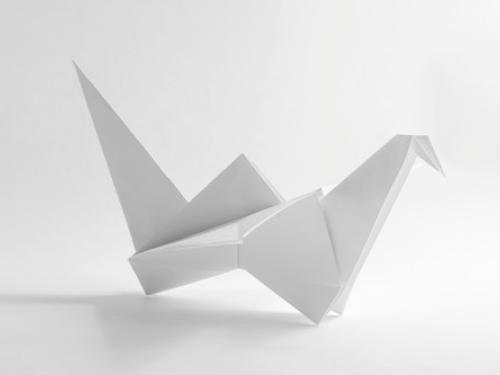
It should shake the tracks like a speeding train.
It should rattle the windows like a blizzard.
It should pin down the sky like antennae pulling in cosmic signals from another galaxy
or it should overcrowd the sky like a bell tower that’s been ringing all morning.
When it opens the cellar door, the insects scatter.
If you trap it in a bag, you’d better have a good bag.
If it’s more complicated than a deli sandwich, I’d order a salad.
Grammar is only part of it but it’s a BIG part.
I can feel it like water in my tummy and I felt it when I cut my finger changing out the chain on Ted’s bike.
It’s like that fang in my latissimus dorsi.
It’s like that flare you shot into the sky for fun.
Even the rain cloud exhibits a wound. Soon we’ll need an umbrella which is the form a spine makes when it tries to be a mushroom.
And it’s got something to do with death, the way you can picture your own corpse becoming mushrooms in a field of pansies.
Lorca knew it was an emptiness we must pass through on our way to becoming angels or dirt.
It’s the same emptiness in Bataille’s spit and the same emptiness in John’s origami.
Form is hard to address directly so we talk around it as in Cage’s “Lecture on Nothing.”
It’s brightest on the event horizon and it may help you notice the mica on the side of a cliff, or is that glint a signal from another world, maybe Dad’s ghost winking at you in Morse code?
It holds up a hut of twigs and grass, a shelter from the rain, a place to take a nap and have that dream again of Mom hanging a spider plant in the picture window but the plant’s on fire and no one seems to care.
There are so many plants I love—aloe, weeping fig, fiddle-leaf fig, English ivy, golden sedge—and their forms are both vertical and horizontal yet really neither since in photosynthesis the water loses electrons and becomes oxygen. So even for plants, process and loss are part of form and what we want is what it gives to us: foliage, air, clear nostrils, reciprocity, circulation . . . so many things I lose count.
I want what it does to me, how I lose count even though math punctures form, 2 + 1 punches you in the face which is weirdly both symmetrical and asymmetrical depending on the centering axis, x or y.
Maybe dark matter explains it.
Maybe it’s the energy of a single photon moving through an ice cube.
If it doesn’t burn inside you it’s useless.
